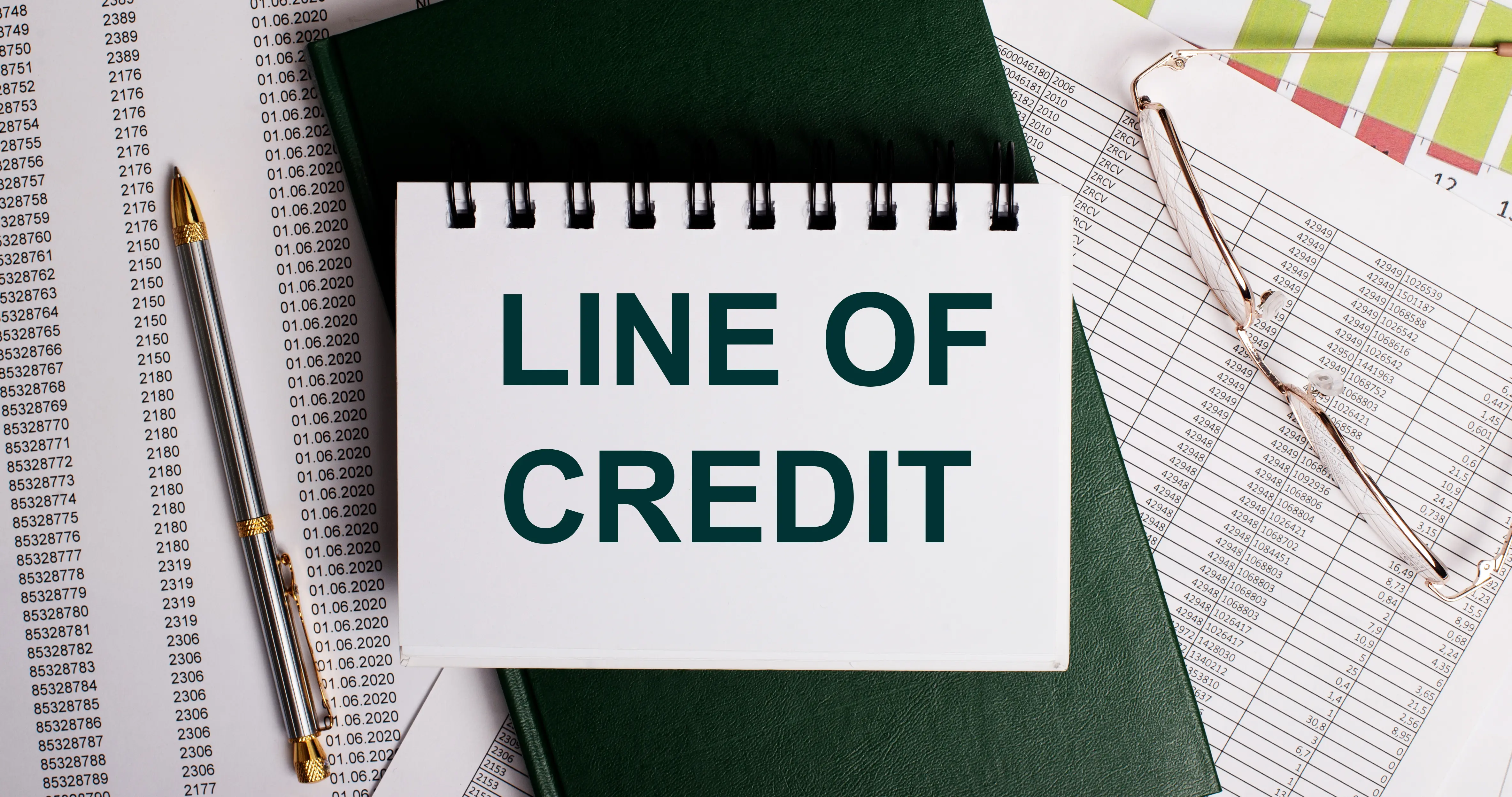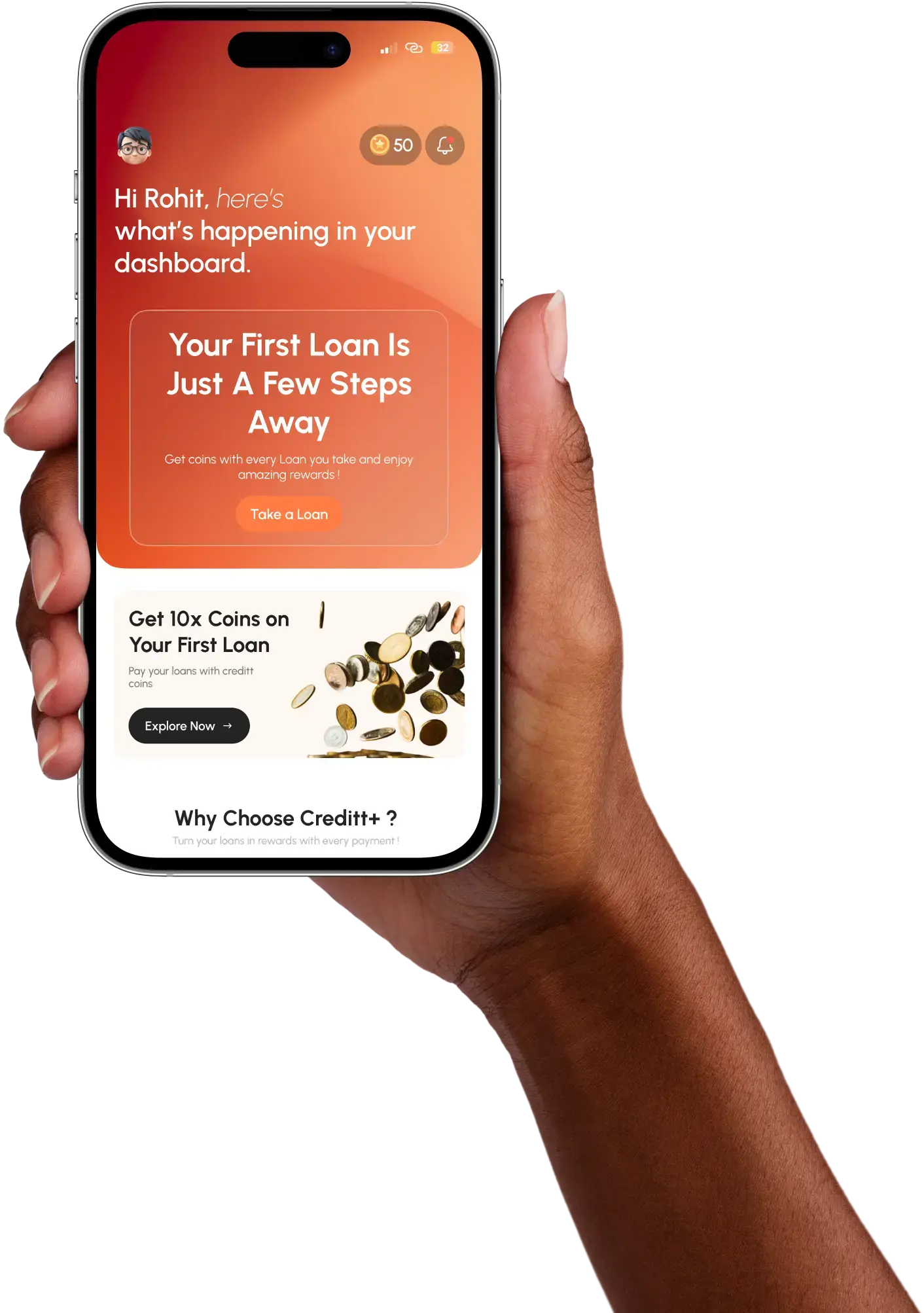Imagine having a financial tool that doesn’t force you to borrow more than you need, yet is always ready when you do need to. That’s the essence of a line of credit. Unlike traditional loans, where you’re tied to a lump sum and fixed repayment schedule, a line of credit bends with your circumstances. Whether it’s covering household expenses during a delayed salary, investing in your small business, or tackling unexpected costs, this facility works almost like a reusable financial pass.
A line of credit (LOC) is essentially pre-approved access to funds up to a certain limit. Think of it as being given a bucket of money you don’t have to use all at once. You can dip into it whenever the need arises, return what you’ve used, and then draw again if required.
In India, LOCs are becoming popular among salaried individuals, self-employed professionals, and small businesses that often face uneven cash flows. The line of credit meaning therefore, revolves around control: the borrower decides how much to use and when, rather than being locked into a rigid structure.
Read this blog to learn how it operates. By the end, you’ll see how this flexible borrowing option fits into modern financial planning in India.
Table of Contents
How does a Line of Credit work?
A line of credit does not operate like a one-time loan; it unfolds in stages that give borrowers more control. Instead of a single disbursement, it follows a cycle where access, usage, repayment, and renewal flow seamlessly to keep funds available. Each phase adds clarity to how this financial tool functions in practice.
Phase 1: Access: A line of credit begins with approval and sanction. You are given a limit, but unlike a loan, you do not need to use the full amount at once. This initial access provides a financial cushion.
Phase 2: Utilization: Funds can be withdrawn in parts as and when required. You control the timing and amount, making it a flexible option for fluctuating needs without unnecessary borrowing.
Phase 3: Repayment: Only the borrowed portion attracts interest, not the entire limit. Repayments restore the limit, allowing you to use the facility again whenever required.
Phase 4: Renewal: With consistent repayments, the line of credit remains active. It continues to serve as a revolving financial backup, adapting to both personal and business requirements.
Together, these phases show how a line of credit blends convenience, control, and liquidity, making it a dependable tool for financial planning.
Types of Line of Credit
While the basic principle remains the same, different versions of this product cater to different financial contexts:
- Personal Line of Credit: This is the most common and versatile form. It works well for everyday expenses, medical emergencies, travel, or even education. Since it is unsecured, approval is largely based on income and credit score.
- Home Equity Line of Credit (HELOC): In markets like the US, homeowners often tap into HELOCs by leveraging property equity. In India, this product is still niche but exists in urban lending where property is pledged for larger, longer-tenure credit lines.
- Business Line of Credit: Designed to keep businesses running smoothly, this option helps with buying inventory, paying vendors, or bridging revenue delays. Small and medium enterprises (SMEs) increasingly rely on these to manage seasonal cash flow cycles.
- Credit Cards: Perhaps the most relatable form of revolving credit, credit cards act as short-term unsecured LOCs with defined limits and repayment cycles.
Each of these types of line of credit caters to specific needs, and fintech players are constantly innovating with hybrid products that combine the appeal of quick loans with the structure of traditional LOCs.
Benefits of a Line of Credit
Borrowers often ask why they should prefer a LOC over other loans. Here are some benefits of a line of credit that stand out:
- Flexibility: Unlike lump-sum loans, you withdraw only the amount you need, exactly when you need it.
- Cost Efficiency: Interest applies only on the borrowed portion, not the entire limit.
- Convenience: You don’t need to apply for a new loan each time — your sanctioned limit is always ready.
- Cash Flow Management: Particularly valuable for people with irregular income or businesses with seasonal demand.
Consider the scenario of an SME owner facing delayed payments from clients. Instead of turning to emergency loans, a business LOC ensures operational continuity at more reasonable rates. Similarly, salaried professionals can cover medical bills or wedding expenses without disturbing long-term savings.
The benefits of a line of credit essentially boil down to control, affordability, and readiness.
Line of Credit Vs Traditional Loans
Borrowers often debate whether a LOC is truly better than standard loans. The answer depends on the purpose. Let’s compare:
In India, LOCs are now positioned alongside instant personal loans, offering a more fluid alternative for borrowers who dislike the rigidity of EMIs. However, if you have a clear one-time expense (like buying a car), a lump-sum loan might be more straightforward.
Potential Risks of Line of Credit
Like any financial tool, LOCs carry their own risks:
- Variable interest rates can rise unexpectedly, making borrowing costlier.
- Ease of access may encourage overspending, especially if discipline is lacking.
- Secured LOCs, such as HELOCs, may put your property at risk in case of default.
- Fees and charges, such as annual maintenance or processing fees, can add to the cost.
Borrowers should also be mindful of their repayment habits. Just because the credit line is reusable does not mean it should be treated as an endless supply of money. Overreliance can quickly spiral into debt cycles, especially if multiple products like credit cards are already in use.
These risks highlight why financial literacy is essential, particularly for vulnerable segments such as first-time borrowers or loans for women programs, where lenders promote access but must also ensure responsible usage
Summary
A line of credit is best understood as a living financial arrangement rather than a one-time borrowing decision. Its design lies in motion: access when needed, repayment on your terms, and renewal that keeps liquidity alive. This cycle makes it far more responsive than traditional loans, where lump sums and fixed EMIs often limit flexibility.
The line of credit's meaning rests in controlled borrowing: you draw only what is required, pay interest solely on that portion, and regain access once repayments are made. For households navigating uneven cash flow, professionals with project-based income, or businesses balancing operations, this adaptability proves invaluable.
In India in 2025, where most types of personal loans remain common yet rigid, LOCs are carving their own relevance. With NBFCs and digital lenders refining offerings, they now act as a middle ground between conventional lending and expensive short-term credit. When used with financial discipline, they do not just meet emergencies but also support structured planning for growth, stability, and long-term financial goals.








